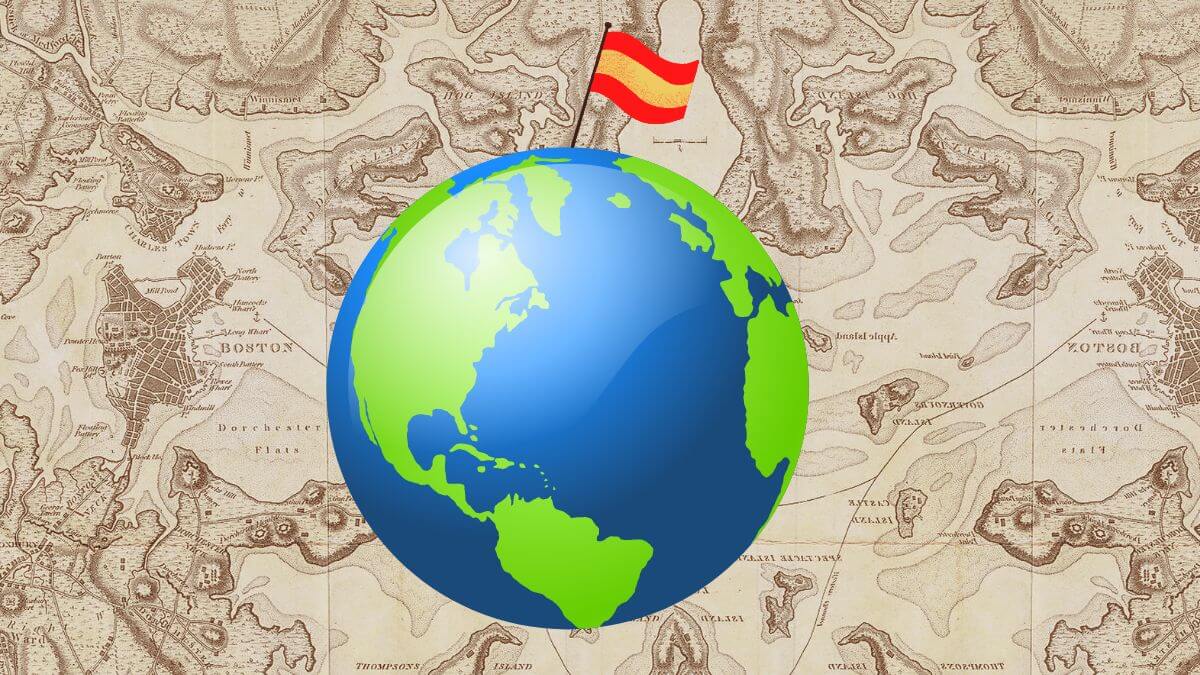Spain: Beyond Geography!
Hello, everyone! Today, I’ll take you on an exciting journey through Spain’s most intriguing geographical facts. Pack your bags because we’re about to discover some truly amazing places. Spain is a country of geographical and climatic diversity, from its towering mountains to its warm beaches. Ready to explore? Let’s get started!
The Highest City and the Lowest Capital:
We begin our journey with two interesting geographical extremes. Did you know that the highest city in Spain in terms of elevation is Benidorm, located in the province of Alicante? At 1,800 meters above sea level, it offers stunning views of the Mediterranean coast. On the other hand, the lowest provincial capital is Huelva, situated in Andalusia. It is practically at sea level and is known for its beautiful coastline and its connection to the discovery of America.
The Hottest and the Coldest Towns:
Spain boasts a wide range of climates, reflected in its extreme temperatures. The hottest town is Écija, located in Andalusia, where temperatures can soar above 40 degrees Celsius in summer. On the other hand, the coldest place is Molina de Aragón, in the province of Guadalajara, where winter temperatures can drop below -15 degrees Celsius.
Where It Rains the Most and Where It Rains the Least:
Rainfall distribution in Spain is highly varied. In general, the region of Galicia in the north receives the highest amount of precipitation, and Pontevedra is one of its rainiest cities. On the other hand, Almería in the Andalusia region is known for being one of the driest areas in Europe, with very little annual rainfall.
The Northernmost and Southernmost Points:
In Spain’s geography, there are two places that represent the geographical extremes of the country. El Hierro, one of the Canary Islands, is the southernmost point of Spain. On the other hand, Hondarribia in the Basque Country is the northernmost point of the Iberian Peninsula.
The Islands and Mountains:
Spain is also home to the Balearic Islands and the Canary Islands, which offer even greater geographical and climatic diversity. In the Canary Islands, you’ll find Mount Teide, the highest mountain in Spain and one of the tallest volcanoes in the world. Additionally, the Balearic Islands offer incredible natural beauty with coves, beaches, and crystal-clear waters.
The Mountain Range:
Spain’s geography is also marked by the presence of the Pyrenees mountain range, which forms the natural border with France. This mountain range offers opportunities for hiking, skiing, and other outdoor activities. Furthermore, in the south of Spain, you’ll find the famous Sierra Nevada mountain range, where you can ski in winter and enjoy nature in summer.
Coasts and Beaches:
Spain’s coastline stretches for over 5,000 kilometers, meaning there are beaches for every taste. From the golden beaches of the Costa del Sol in Andalusia to the hidden coves of the Costa Brava in Catalonia, you’ll find a wide variety of coastal landscapes and water activities to enjoy. The beaches in Murcia are not bad either, and many have been awarded the Blue Flag for excellence.
The Tabernas Desert:
In the region of Almería, you’ll find the Tabernas Desert, which is the only desert in Europe. Its arid and unique landscapes have served as the backdrop for countless Western movies, making it a tourist and cultural attraction.
Underground Wonders:
Spain is not only rich in outdoor landscapes but also houses a number of underground marvels. The Altamira Caves in Cantabria, known for their prehistoric cave paintings, are a UNESCO World Heritage site. Additionally, the Nerja Caves on the Costa del Sol offer stunning stalactite and stalagmite formations.
The Cíes Islands:
For nature enthusiasts, the Cíes Islands in Galicia are a natural paradise. These islands are protected and known for their white sandy beaches and crystal-clear waters. They are also an important refuge for seabirds.
The next time you visit Spain, you’ll have a deeper understanding of its astonishing geography! I hope you’ve enjoyed this geographical tour with me! Until next time!






There are no comments on Spain: Beyond Geography!